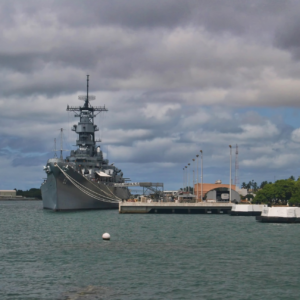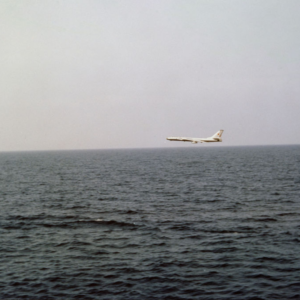The fate of the super cannon that Hitler believed would “make history” in World War II
Built by Krupp in 1941, the Schwerer Gustav super cannon weighed 1,350 tons, was 47.3 meters long and used 7.1-ton shells. Nazi leader Hitler had high hopes that this super weapon could “make history”.
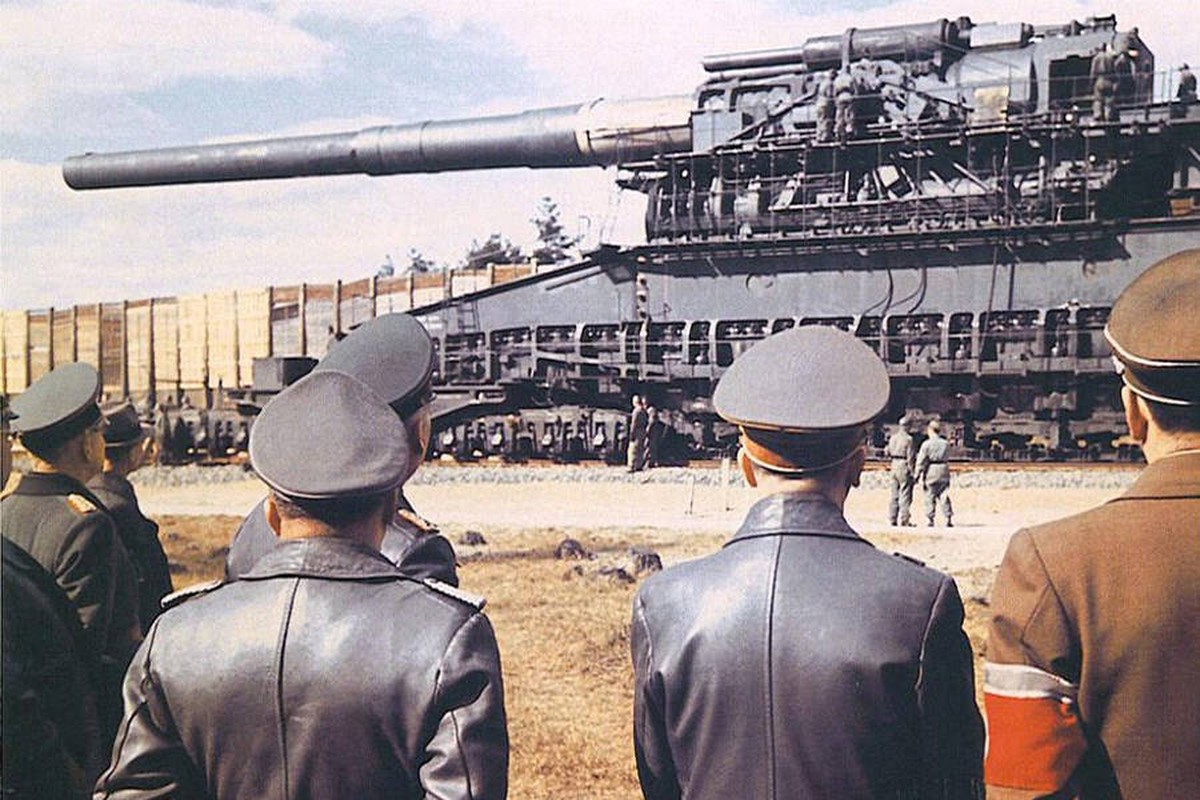
During World War II, Nazi Germany researched and manufactured many super weapons to help the German army gain an advantage on the battlefield and annex many territories around the world. Among these, the Schwerer Gustav super cannon was the largest cannon in World War II as well as in world military history.
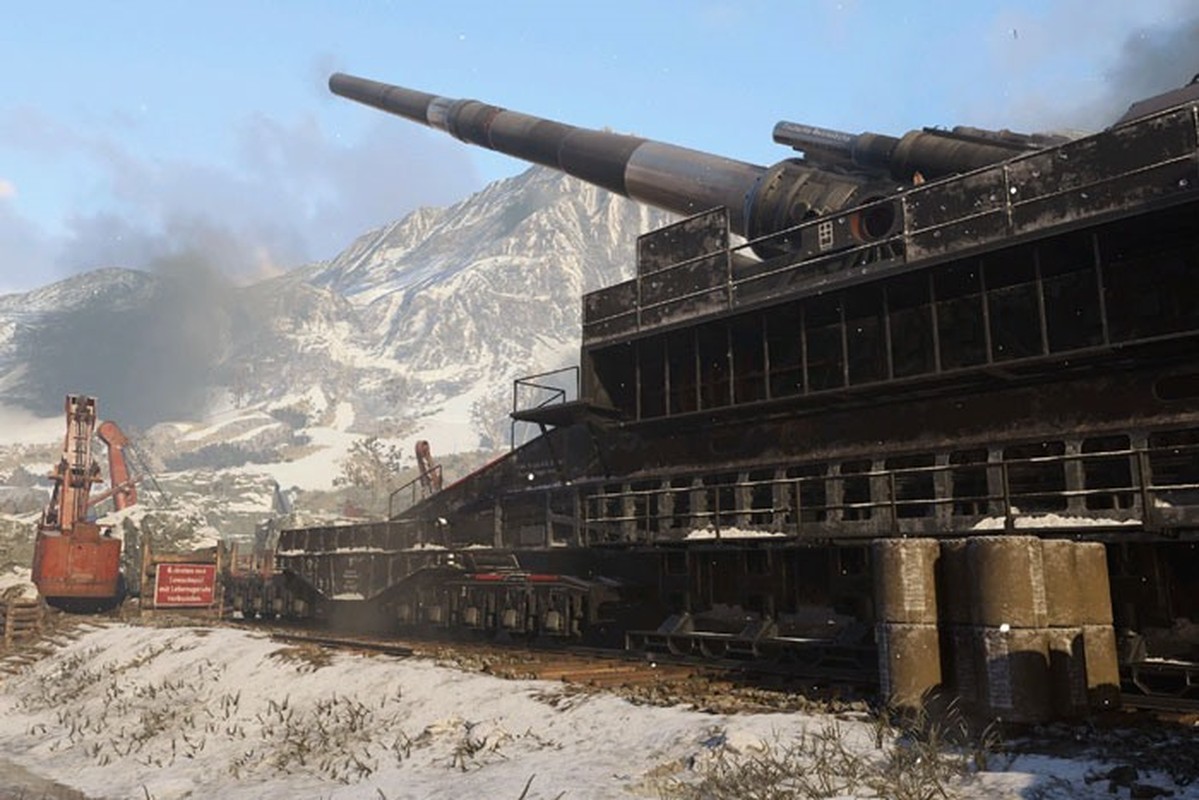
Approved and funded by Nazi leader Hitler, the project to manufacture the Schwerer Gustav super cannon was assigned by Nazi Germany to the Krupp military industrial group headquartered in the city of Essen. In late 1939, Krupp announced the prototype for the super gun and brought it to the Hillersleben firing range in Sachsen-Anhalt, Germany, to test live ammunition.

Although the results were positive when the 7.1-ton shell fired from the gun could penetrate 7m of concrete and 1m thick steel armor, the engineers still made further adjustments to make this super weapon more lethal and more effective.
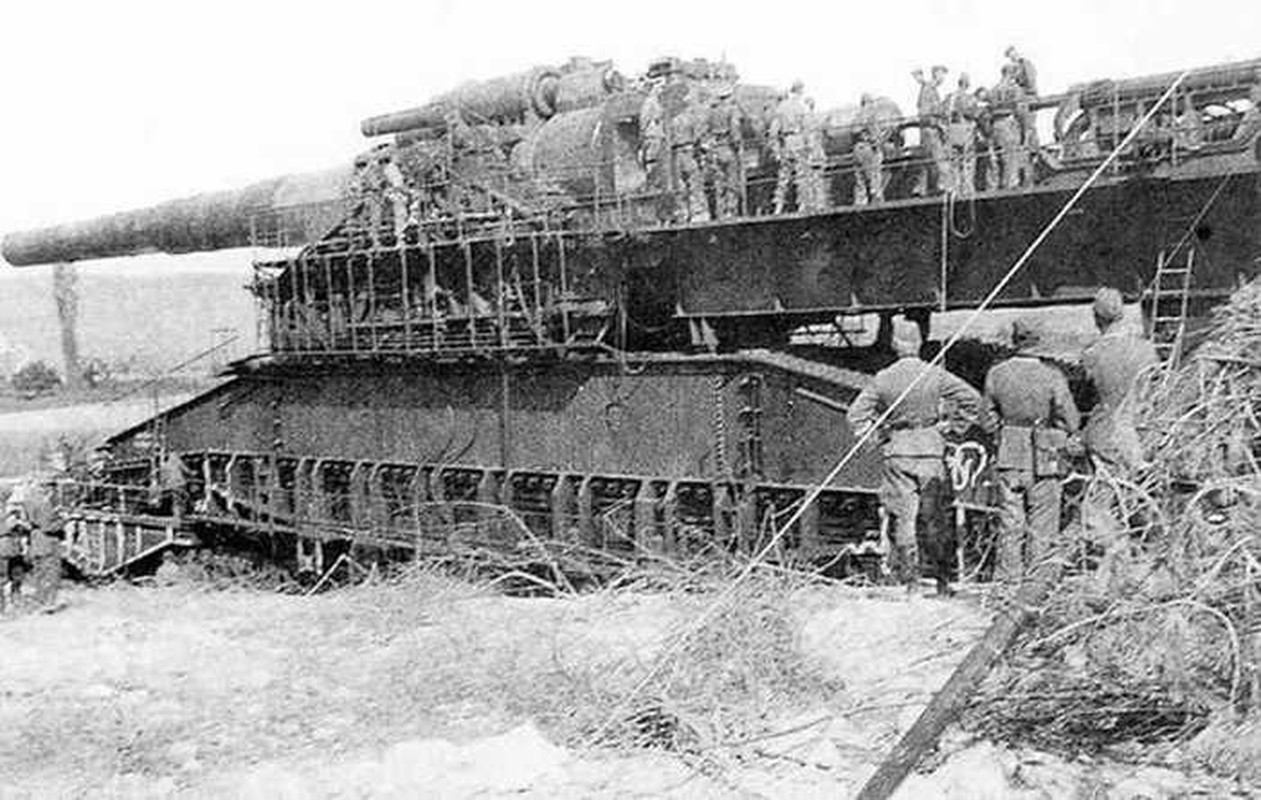
Accordingly, by the end of 1941, the manufacturing process of the Schwerer Gustav super gun was completed. This weapon had a total weight of 1,350 tons, was 47.3m long, 7.1m wide, and 11.6m high. The barrel diameter of the gun was up to 0.8m and used 7.1-ton shells.

Because it used 7.1-ton shells/round, the Schwerer Gustav super gun would need 30-45 minutes for each shot. Each day, this weapon can fire up to 14 bullets. If it is an explosive shell, the firing range is 48 km and 38 km in the case of armor-piercing shells.
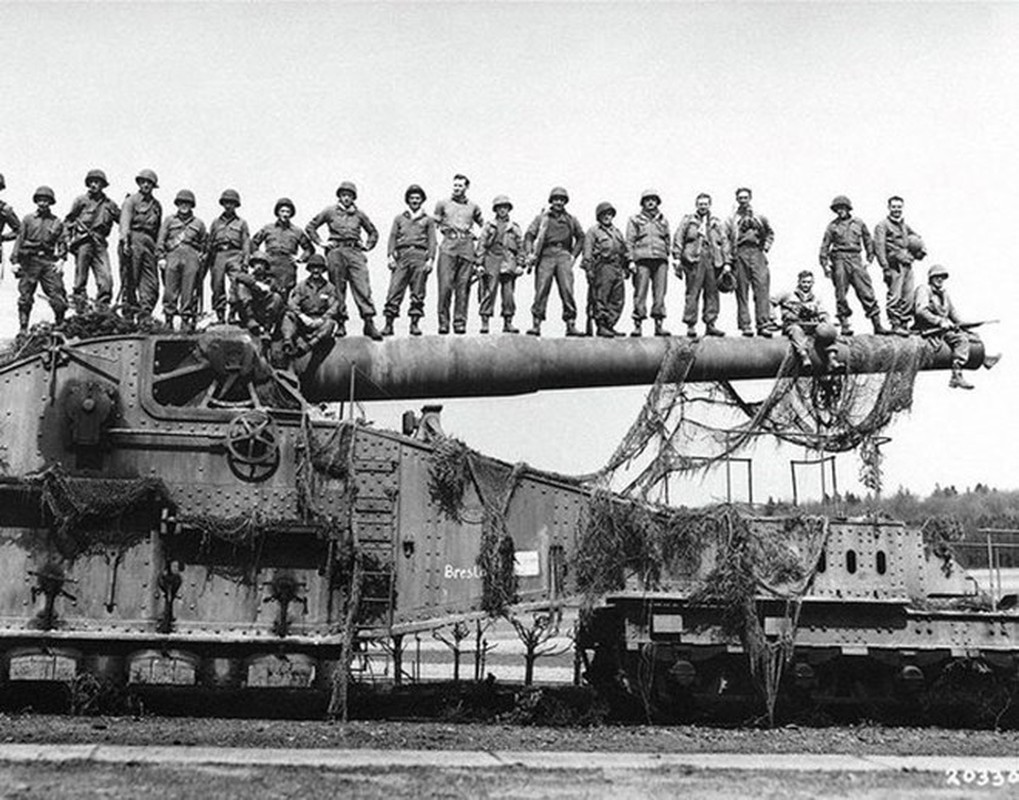
With its “huge” size, the Schwerer Gustav super gun will be disassembled by German soldiers and transported to the front by a separate rail system.
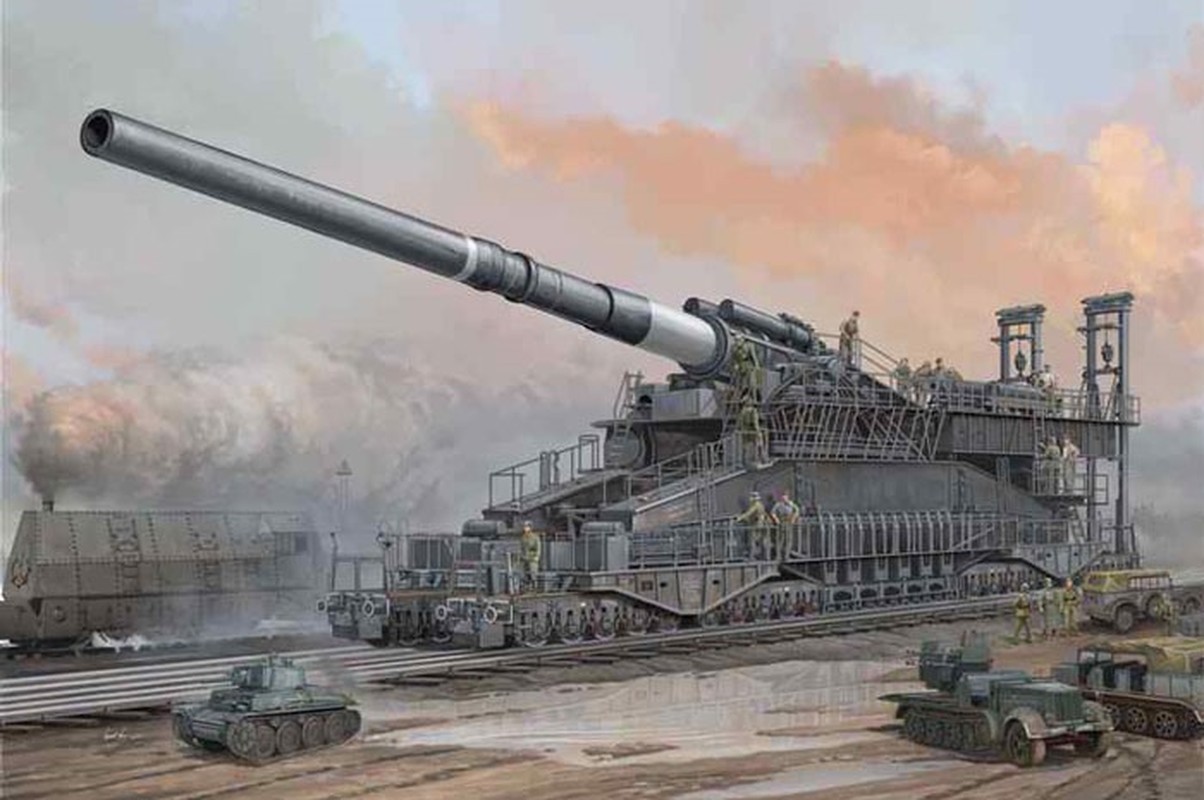
According to records, the rail system for the movement of the Schwerer Gustav gun requires more than 2,500 people to be in charge. When it reaches the firing position, another 250 people will be responsible for assembling and operating the gun. In addition, two anti-aircraft artillery battalions were also deployed to ensure the safety of the Schwerer Gustav from enemy air strikes.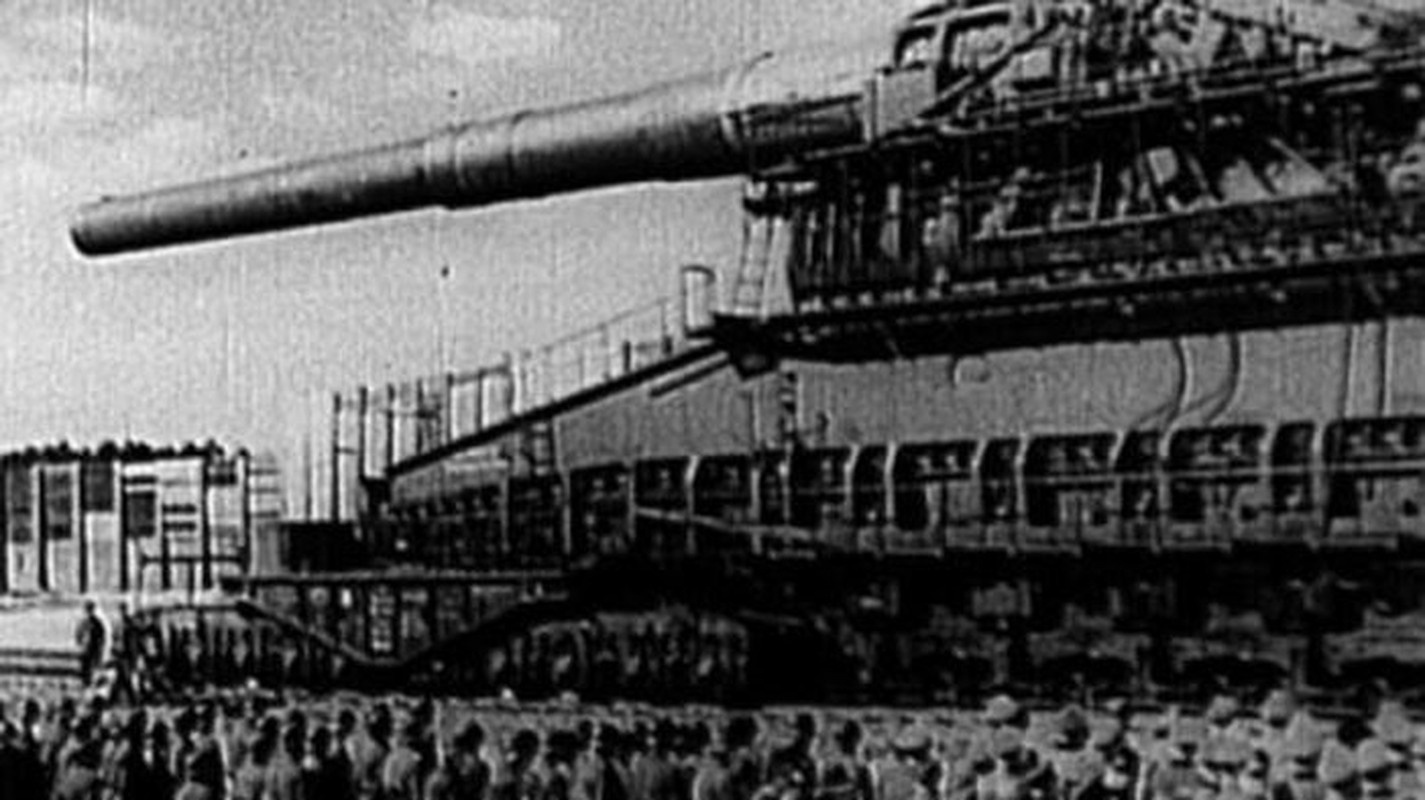
The Nazis deployed the Schwerer Gustav super gun in the Soviet city of Sevastopol in mid-1942. This super weapon fired a total of 300 rounds and caused damage to many buildings in Sevastopol.
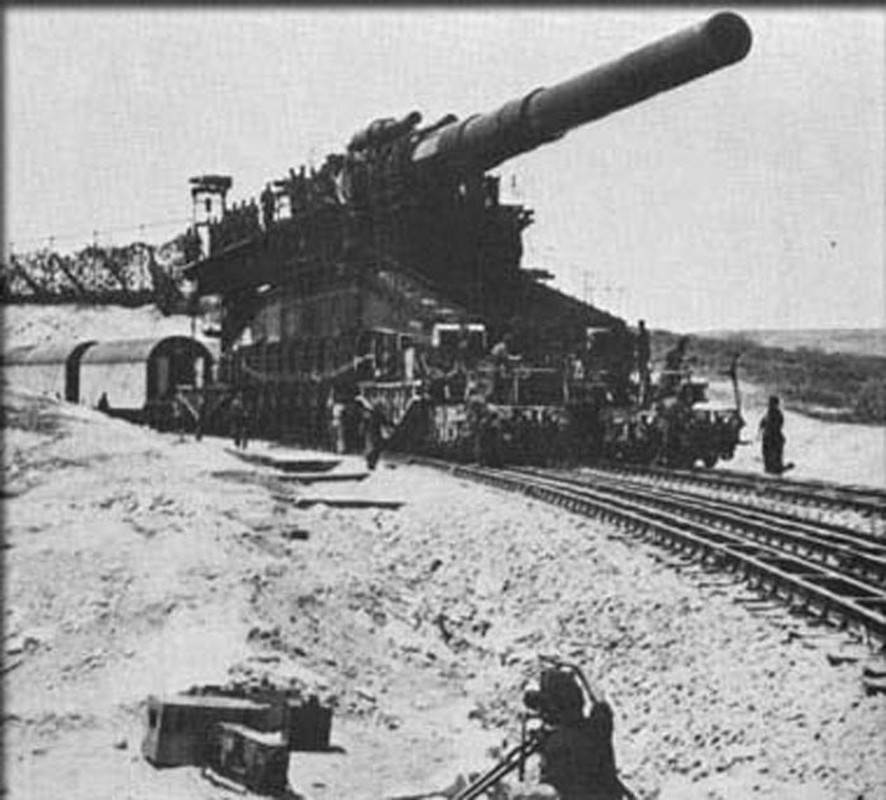
However, the Schwerer Gustav could not help the Nazis change the situation of the war because this weapon was too cumbersome and required too many people, the cost to operate while the efficiency was not high.
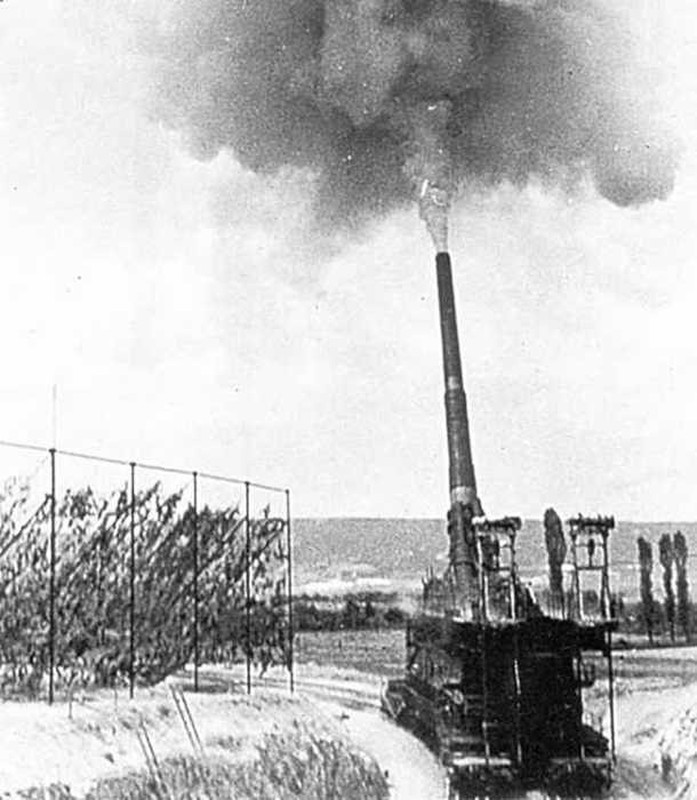
Therefore, the Schwerer Gustav super gun that Hitler had high expectations of “making a difference” was destroyed by German soldiers in a forest located 15km north of the town of Auuerbach on April 14, 1945.
News
How Hezbollah & Israel counter-attack after the Lebanon Explosion
How Hezbollah & Israel counter-attack after the Lebanon Explosion This is how Hezbollah responded to Israel after the sophisticated pager and walkie-talkie explosions, which occurred across Lebanon. They retaliated by launching guided missiles for the first time. The three strikes…
[MUST WATCH] In pictures: The deadliest day in Lebanon in nearly a year of conflict
In pictures: Israel strikes hundreds of Hezbollah targets in Lebanon Israel attacked hundreds of Hezbollah targets on Monday in airstrikes, making it the deadliest day in Lebanon in nearly a year of conflict. Smoke billows over southern Lebanon following Israeli…
BREAKING NEWS: US sends more troops to Middle East as violence rises between Israel and Hezbollah
US sends more troops to Middle East as violence rises between Israel and Hezbollah Violence between Israel and Hezbollah is raising risk of a greater regional war. WASHINGTON — The U.S. is sending a small number of additional troops to the…
Easy Company Facts Even Hardcore Fans of ‘Band of Brothers’ Don’t Know
Photo Credit: HBO / Getty Images HBO’s 2001 miniseries, Band of Brothers, has continued to gain popularity in the decades since its release. This is partly due to later generations having greater access to the series – in particular, via…
Mighty MO – USS Missouri (BB-63) Video and Photos
There are three other ships in the United States Navy which were named after the state of Missouri besides the battleship USS Missouri (BB 63), and although she became associated with the history of the Japanese raid at Pearl Harbor, she…
A Soviet TU-16 medium jet bomber flies past the anti-submarine warfare support aircraft carrier USS Essex
That Time A Soviet Tu-16 Badger Crashed Into The Sea After Buzzing A U.S. Aircraft Carrier A screenshot from the video filmed aboard USS Essex shows the Tu-16 Badger flying very low close to the aircraft carrier. Low pass with…
End of content
No more pages to load




